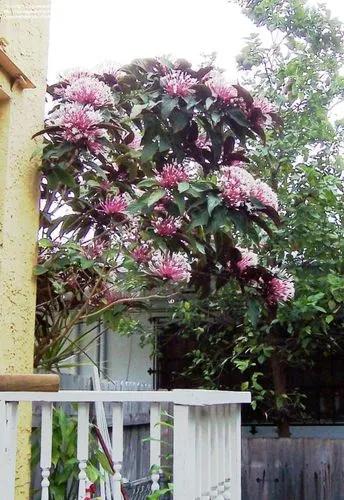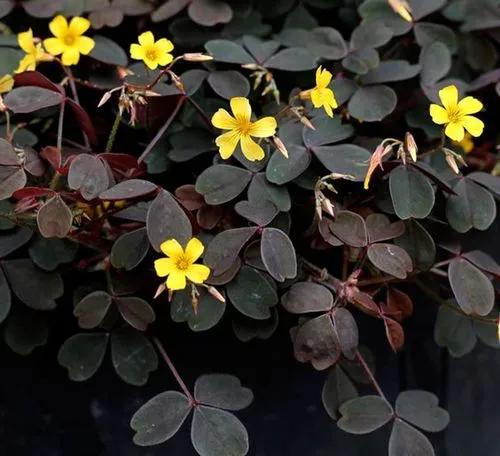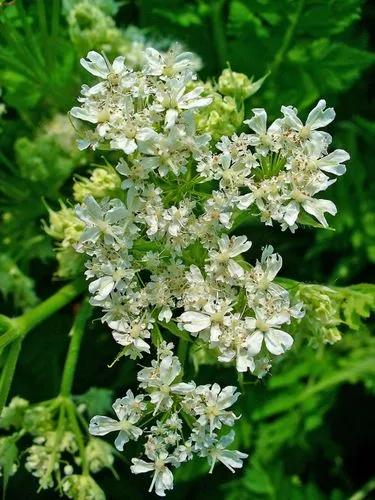Cape primrose is a low-light indoor plant with beautiful orchid-like flowers and an African violet appearance. Hundreds of varieties and cultivars have various leaf and flower shapes, colors, sizes, etc.
Cape primrose Care
Streptocarpus
Other names: Streps



Cape primrose is also known as Streptocarpus or simply Streps. The cultivated species is a hybrid of wild plants from central, eastern, and southern Africa. The genus Streptocarpus is vast and even includes African Violets, which are also a variety of Streptocarpus and a close relative of Cape primrose.
The plant is known for its velvety 6-inch (15 cm) leaves and huge 1-3 in (2.5-7.5 cm) showy flowers. Moreover, it blooms all year round if this perennial herbaceous plant has benign conditions and you deadhead the spent flowers.
How to Care for the Plant

Water

Water the plants when the soil is slightly dry. Cape primrose is similar to African violets in terms of watering. It can’t stand both dryness and soggy soil.

Pruning

You don’t need to prune the plant as long as you don’t need cuttings to propagate and the size of the plant isn’t bothering you.

Fertilizer

Apply a high phosphorus fertilizer every fortnight. Dilute the fertilizer to half-strength to steer clear of chemical burns. An African violet fertilizer would be better than a general one.

Sunlight

Although bright indirect lighting is preferable, Cape primrose can thrive in low-light conditions. It can’t stand the full sun.

Soil

Provide well-drained but fertile and rich in organic matter potting mix. You may use an ordinary store-bought mix with perlite.

Propagation

Cape primrose is easy to propagate by stem or leaf cuttings in a glass of water, damp sphagnum moss, or perlite. Besides rooting, you can separate offspring from a mature plant during repotting.

Temperature

The most comfortable temperature is between 67-75˚F (19-24°C). Nonetheless, this tender plant can withstand some deviations, but less than 60˚F (16°C) is a hazardous permanent temperature.

Container

A pot with a 6-inch diameter and drainage holes would be an ideal dwelling for your Cape primrose.

Fun fact

The Latin name Streptocarpus means “twisted fruit” because the seed pods of Cape primrose resemble a narwhal’s tusk.

Popularity

88 people already have this plant 43 people have added this plant to their wishlists
Discover more plants with the list below
Related articles






